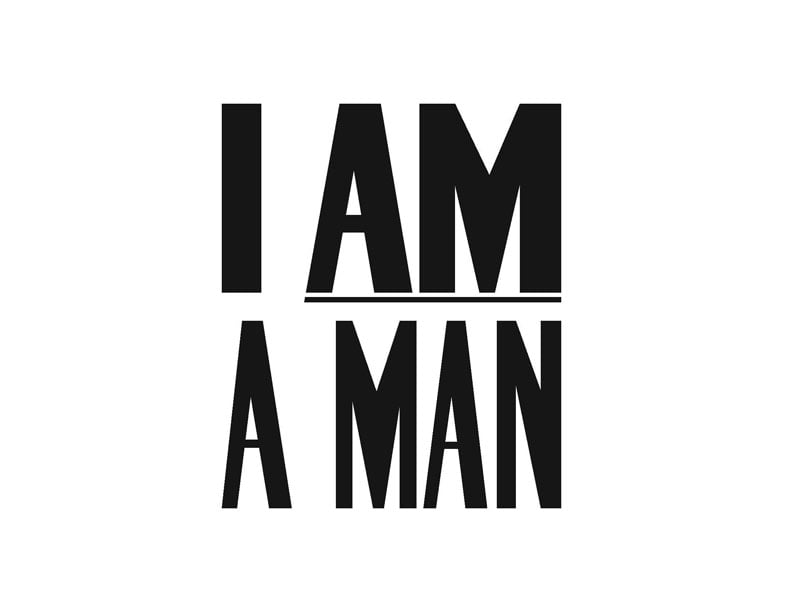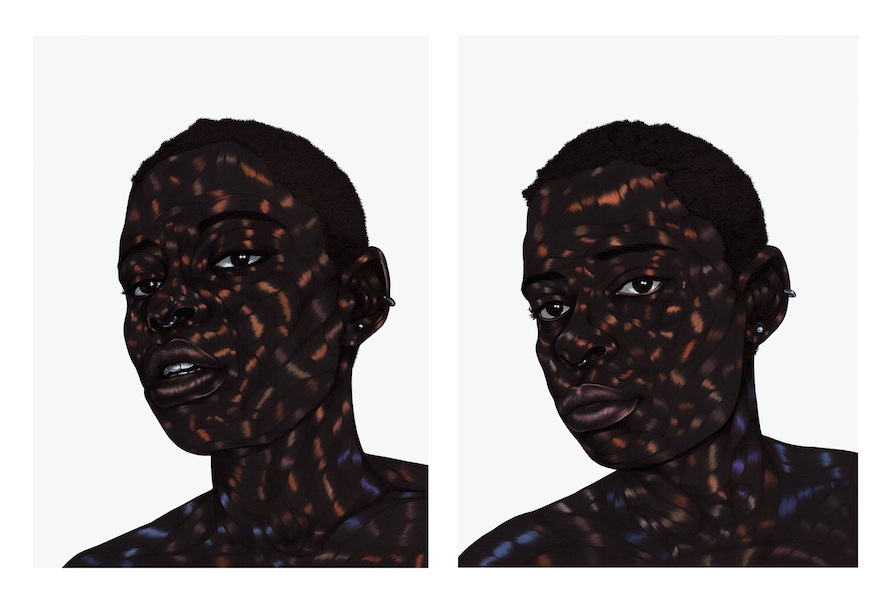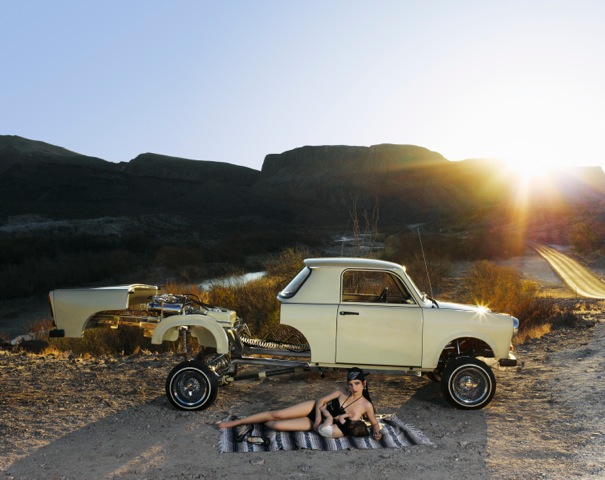Flutter
2010 - Installation (Installation)
Zarouhie Abdalian
The first iteration of Flutter was specifically conceived for the Pro Arts Gallery space in Oakland in 2010, viewable from the public space of a sidewalk, and the version acquired by the Kadist Collection is an adaptation of it. The work consists of a mirrored structure with a hidden motor that vibrates every so often. In this play of mirrors, the viewer first encounters their reflection, but in time the vibration distorts the image, making self-recognition impossible and suggesting the fragility of identity. Flutter ’s reflective surfaces also evoke the architecture of office buildings that shake just so in an earthquake. The sidewalk is a built environment and a social space rife with extreme fragility and it exposes economic inequity and systemic racism writ large. In the San Francisco Bay Area, the compounding forces of COVID-19 and the climate crisis have spurred a seismic shift in social life. Storefront windows, as across the country, have become a contentious space further driving apart the public and the private. During protests and social uprisings, boarded up windows of the former shells of buildings are transformed into political and collective murals and communal vision boards, reclaiming the sidewalk. Abdalian reflects in 2023 the conditions surrounding Flutter: Flutter was conceived as a context-responsive installation at a gallery in downtown Oakland, CA, during the summer of 2010 as residents braced for the verdict in the case of Johannes Mehserle, the cop who murdered Oscar Grant. In windows that face a pedestrian walkway, mirrored mylar quivers, ripples, and shakes in response to subaudio sine sweeps transmitted through tactile transducers. The actuated surface of the mirror visibly destabilizes the environment in which the work is situated, reflecting a status quo open to rupture. Installed in 2023 in San Francisco’s Mission District, the unstable image reflected in Flutter belies the relative calm pictured at KADIST’s 20th Street location. Banks are liquidated, layoffs are announced, and ever wider wars for capitalist profit loom. Rupture is the unavoidable expression of an unstable system. Here, viewers encounter their reflection within this process of inevitable change.
Colors:
Related works of genres: » california college of the arts alumni, » american installation artists

© » KADIST
Colter Jacobsen
2007Victory at Sea is a simple mechanism made from cardboard and found materials that mimics the Phenakistoscope, an early cinematic apparatus...

© » KADIST
Hank Willis Thomas
2012Intentionally Left Blanc alludes to the technical process of its own (non)production; a procedure known as retro-reflective screen printing in which the image is only fully brought to life through its exposure to flash lighting...

© » KADIST
Hank Willis Thomas
2012Bread and Roses takes its name from a phrase famously used on picket signs and immortalized by the poet James Oppenheim in 1911...

© » KADIST
Indira Allegra
2018Open Casket IX is an installation by Indira Allegra that combines traditional materials of memorial—tombstones, mausoleums, and caskets—with contemporary expressions of grief...

© » KADIST
Hank Willis Thomas
2013The image is borrowed from protests during Civil Rights where African Americans in the south would carry signs with the same message to assert their rights against segregation and racism...

© » KADIST
Toyin Ojih Odutola
2013Ojih Odutola uses a distinctive visual style to capture members of her family, rendering them one pen stroke at a time, until their skin resembles ribbons woven into the contours of a face, neck, or hand...

© » KADIST
Leslie Shows
Human Quarry is a large work on paper by Leslie Shows made of a combination of acrylic paint and collage...

© » KADIST
Karl Haendel
2011Haendel’s series Knights (2011) is a set of impeccably drafted, nine-foot-tall pencil drawings depicting full suits of armor...

© » KADIST
Robert Therrien
1985In No Title (Blue Chapel) Therrien has reduced the image of a chapel to a polygon...

© » KADIST
Toyin Ojih Odutola
2015As she traces the same shape again and again, Ojih Odutola’s lines become darker and deeper, sometimes pushed to the point where their blackness becomes luminous...

© » KADIST
Hank Willis Thomas
2012Thomas’ lenticular text-based works require viewers to shift positions as they view them in order to fully absorb their content...

© » KADIST
Luke Butler
2008In Captain X , Star Trek’s Captain Kirk, played by William Shatner, is limply draped over a large boulder in what looks like a hostile alien environment...

© » KADIST
Hank Willis Thomas
2014Shot in black and white and printed on a glittery carborundum surface, Black Hands, White Cotton both confronts and abstracts the subject of its title...

© » KADIST
Hank Willis Thomas
2014South Africa Righteous Space by Hank Willis Thomas is concerned with history and identity, with the way race and ‘blackness’ has not only been informed but deliberately shaped and constructed by various forces – first through colonialism and slavery, and more recently through mass media and advertising – and reminds us of the financial and economic stakes that have always been involved in representations of race....

© » KADIST
Doug Aitken
2009The version of Frontier acquired by the Kadist Collection consists of a single-channel video, adapted from the monumental installation and performance that Aitken presented in Rome, by the Tiber River, in 2009...

© » KADIST
Hank Willis Thomas
2012Like many of his other sculptural works, the source of I am the Greatest is actually a historical photograph of an identical button pin from the 1960s...

© » KADIST
Judy Chicago
1969Domes #1 represents a significant moment in Chicago’s career when her art began to change from a New York-influenced Abstract Expressionist style to one that reflected the pop-inflected art being made in Los Angeles...



